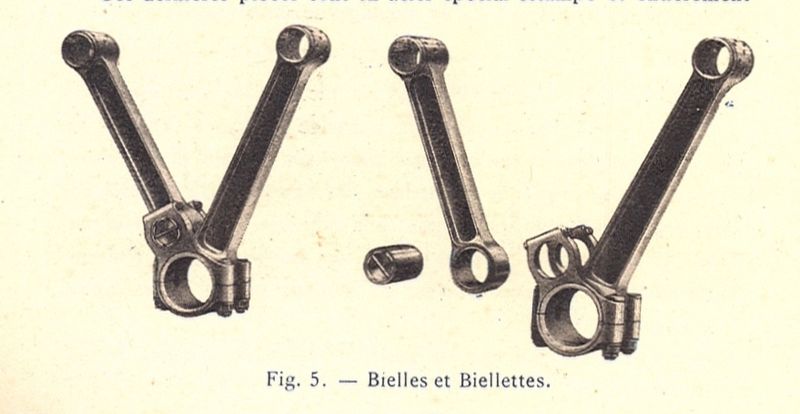Some engine/gearing related observations from watching the on-board channel during most of FP2 this morning.
Top speed at the end of the straight is about 305 kmh for the fastest cars.
The Ferrari engines sound strange from on-board. Lots of (turbo?) hissing going on, both on acceleration and during braking. Not a pleasant sound to listen to. Mercedes sounds crisper and actually quite nice, Renault quite OK
There appears to be a LOT of difference in gearing between the teams. Most of them run more or less linear gearing, but some team appear to have a very long 7th gear. Also the RPM at which teams run on when on the pit limiter in 1st gear differs a lot. Williams runs at about 7000 rpm on the pit limiter, whereas I've seen others run as high as 9000+.
All teams seem to be running their engines up to about 11500 - 12000 rpm at the moment. Perhaps they'll get up higher during qualifying?[/list]
Some observations per team:
WILLIAMS runs quite short gearing. Easily gets into 8th gear on the straight.
MERCEDES: longer gearing, does not seem to go up to 8th gear on the straight, certainly not during Rosberg's longer runs
LOTUS: Very short gearing. The lotus gets into 8th gear even on some of the shorter straights. Interesting to see how they'll manage on faster tracks like China.
RED BULL appears to be geared quite short up to 6th, with a longer 7th and 8th.
[youtube]
http://www.youtube.com/watch?v=TcMawL4278Q[/youtube]
(Note that the onscreen graphics don't seem to highlight 8th gear, even though some cars clearly use it).





